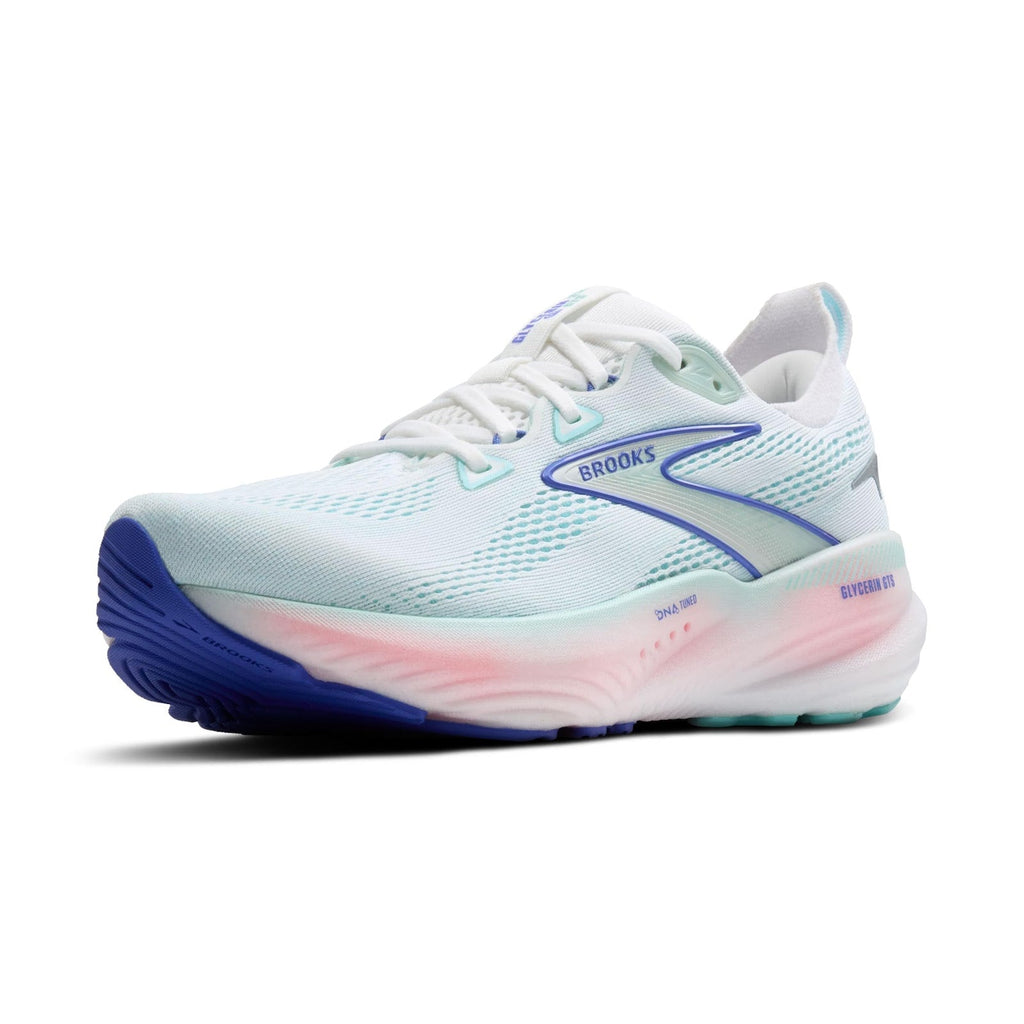
flat feet sneakers for women
best sneakers for women with flat feet include the Brooks Clycerin, Asics Gel-Kayano 30, among others.

best sneakers for women with flat feet include the Brooks Clycerin, Asics Gel-Kayano 30, among others.
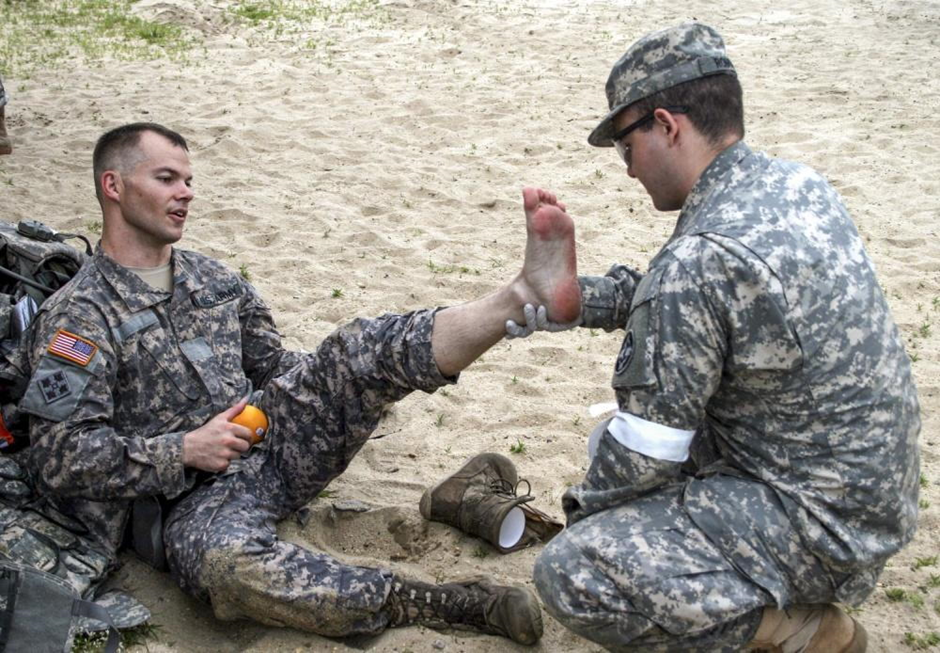
The Department of Veterans Affairs (VA) uses a specific rating system under Diagnostic Code 5276 to decide how much compensation a veteran would get for flat feet/flat feet orthotics, or...
Collapsed arches vs flat feet is that flat feet is the broad name for all types of fallen, undeveloped, and under-developed arches while collapsed arches only describe arches that have...
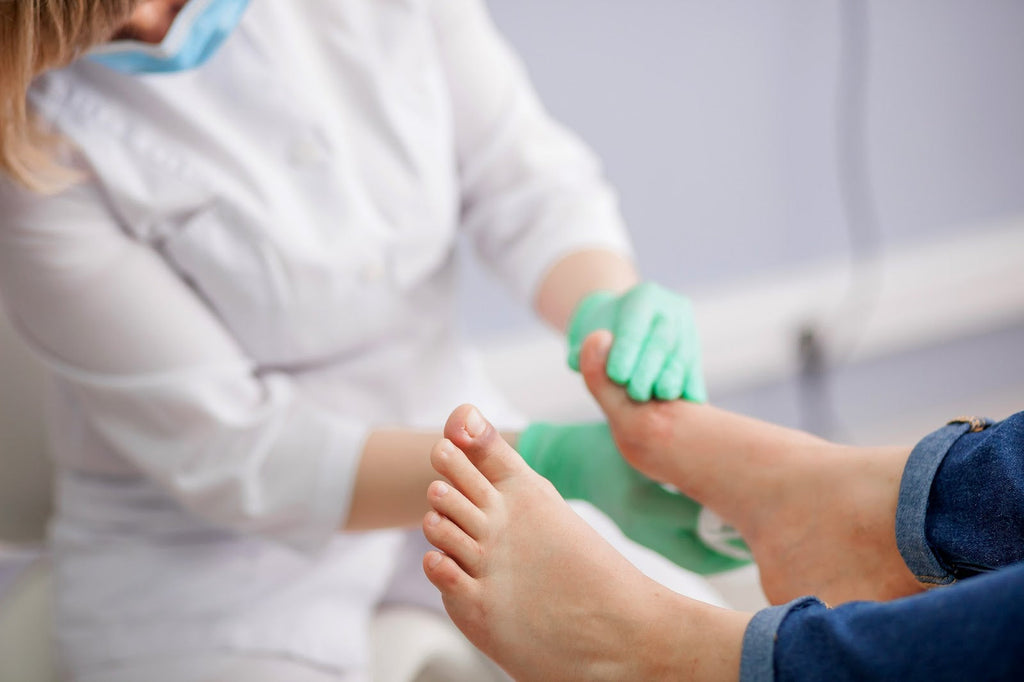
Discover proven medical strategies to fix flat feet, including muscle strengthening, orthotics, physical therapy, and surgical options for lasting structural correction and pain relief.
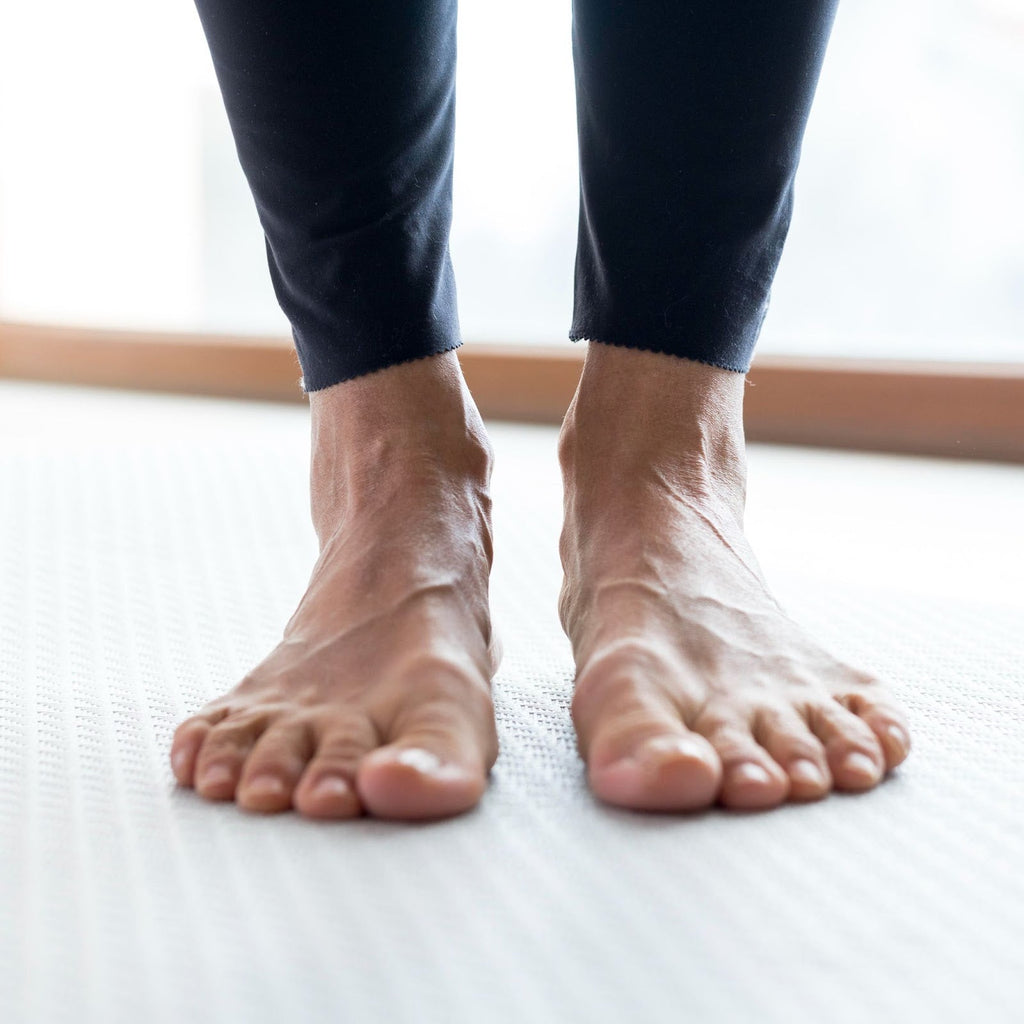
Flat feet aren’t always bad, but in plenty of cases, they can be painful and uncomfortable. Over time, flat feet could lead to instability while walking or getting fatigued more...

Can You Join the Military with Flat Feet? Explore medical standards, MEPS evaluations, waiver options, and tips to improve your chances of acceptance.
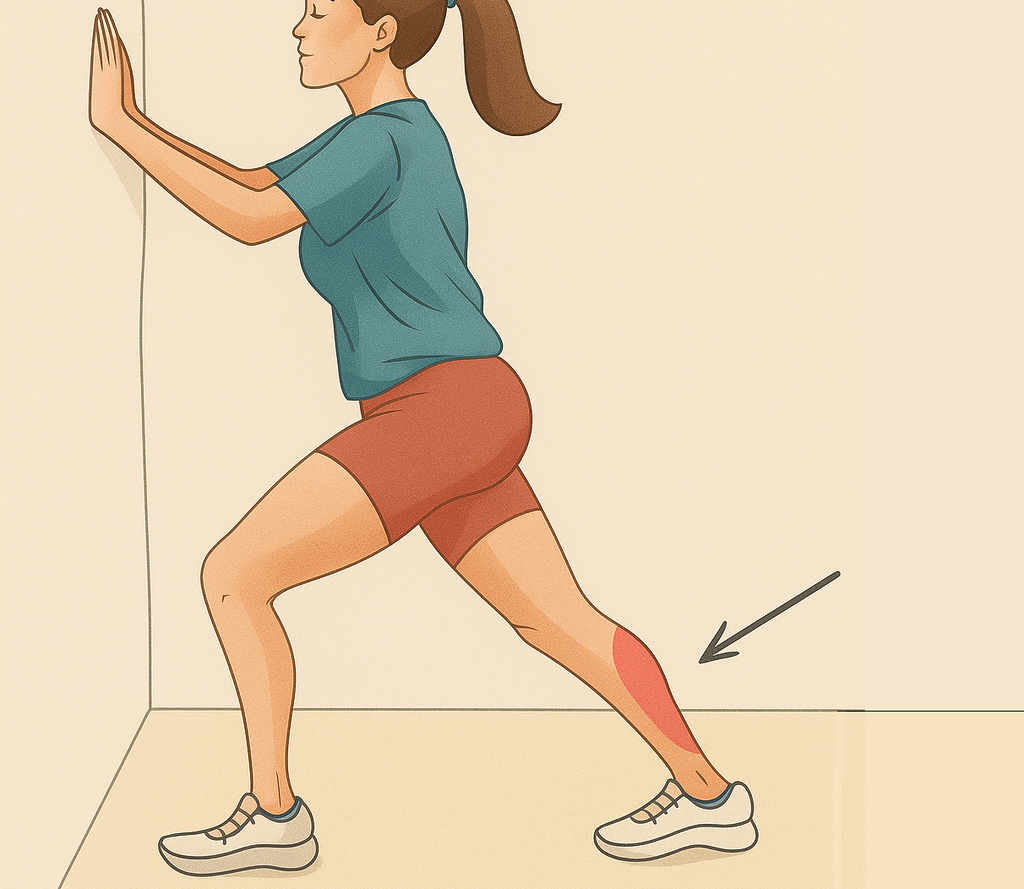
Learn how to repair flat feet naturally with easy-to-follow interventions, footwear tips, and expert advice for beginners.

Studies show that only about 13% of cases of flat feet require surgical intervention, with almost 90% of the cases being successfully addressed through non-surgical means. However, in extreme cases where...
Also known as fallen arches, flat feet means that the arches of the feet are flat rather than arched, and the entire surface of the foot’s sole touches the ground. It can occur over time, but is often hereditary. Flat feet can lead to over-pronation, a gait abnormality where the foot and ankle roll too far inward when you walk. This movement strains the muscles, tendons and ligaments in your feet and legs.
Flat feet can hamper those aspiring to certain occupations, such as dancers, or those who must stand for long periods. People with flat feet often experience foot fatigue, pain in the ankles, knees, hips or lower back. Over time, this can alter body alignment and contribute to chronic discomfort. Supportive footwear and certain exercises can usually improve alignment and relieve strain.